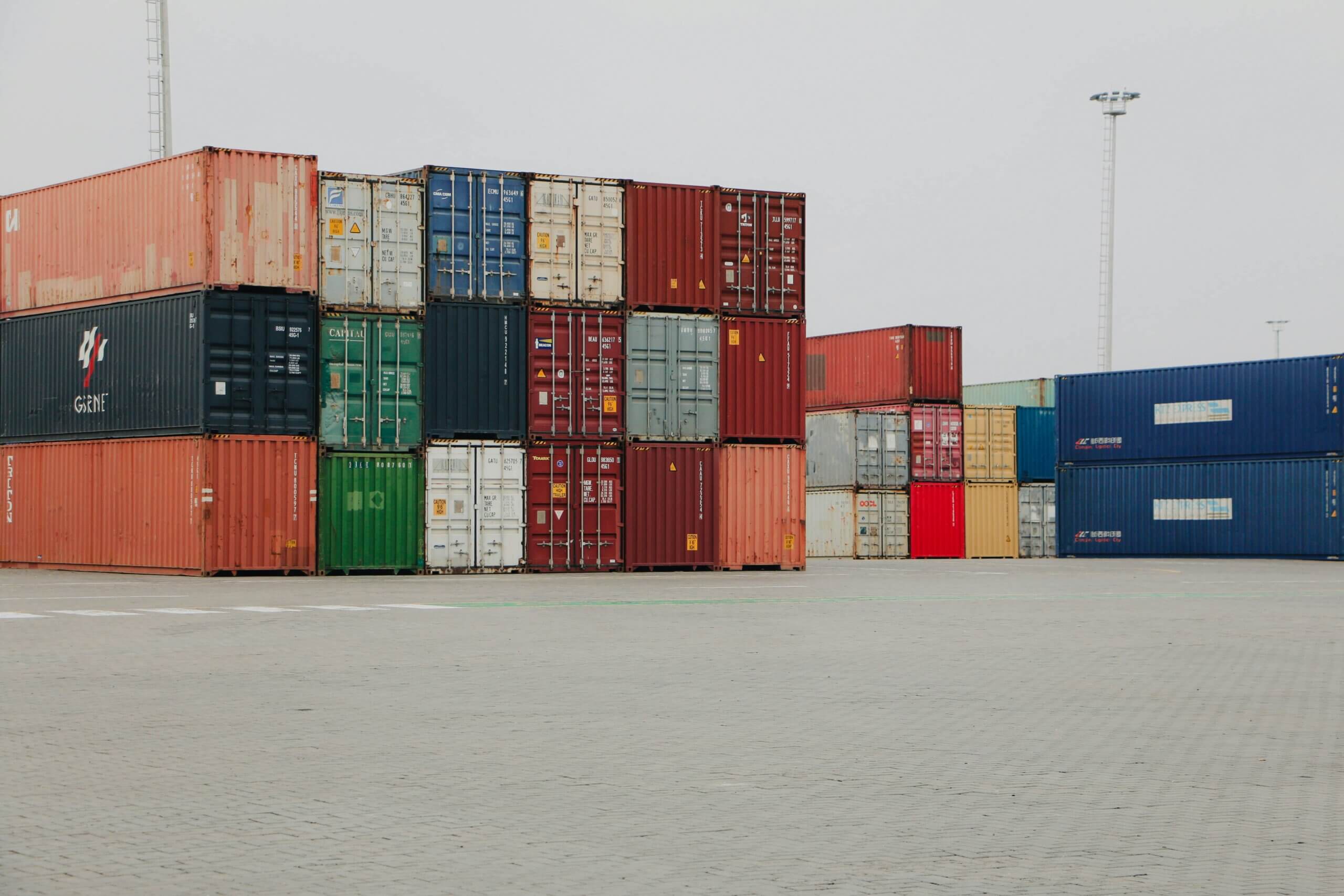As the world prepares to practice social distancing for the foreseeable future, businesses are taking steps to ensure they have a safe working environment. In many industries, this is not an easy task. Most areas of the supply chain require a physical moving off goods and hand off to the next step in the line.
With about 70% of America’s freight traveling by truck, drivers and dock workers are on the front lines of these interactions. As they work to keep communities moving, supply chains are looking toward automation to increase safety now and into the future.
Supply chain automation has grown exponentially over the last several years, delivering many digital approaches that can help maintain recommended social distancing guidelines. Automation during pre-shipment activities — such as dispatch and tender — through invoicing and payment will be important for carriers and their customers to reduce the amount of in person interaction.
Removing Paperwork from the Transportation Process
A key area is eliminating the need for paperwork during the transportation process. It’s quite rare today if a business doesn’t use some sort of digital technology to manage records, yet the transportation industry still relies heavily on physical paper and in person signatures to communicate.
The Center for Disease Control (CDC) recommends that truck drivers, “Use paperless, electronic invoicing for fueling, deliveries, and other tasks, when available.”
One paper-centric area that is frequently a pain point for shippers and carriers is the bill of lading, or BOL. The BOL includes all of the details about the shipment and the goods being carried. The BOL is managed by the driver but requires various information from the shipper and signatures along the way. Furthermore, it serves as a receipt, meaning the carrier won’t be paid for the delivery without the BOL.
Needless to say, the BOL is a key document in the transportation process, yet it could be contagious due to physical hand offs and the exchanging of signatures that put drivers in close proximity to dock workers.
Rise of the Electronic Bill of Lading (eBOL)
Many industry-leading carriers have shifted to an electronic approach to increase efficiency and accuracy. This allows the drivers to decrease the time spent gathering paperwork and reduces the amount of errors, meaning shipments can move faster and the payment process can run smoothly. eBOL has become an obvious choice for carriers also looking to prioritize critical safety during the pandemic.
Without the need to key in information directly from another person, get signatures in person, or hand off a physical document, drivers are able to maintain social distancing while handling the required “paperwork.” As automation is an integral element of advanced visibility, a few years ago project44 created an API connection between the shipper and the carrier, making it easy for the carrier to ingest the information without the need for physical paper.
Once the driver reaches the shipment’s destination, they can send the eBOL to the receiver via email or QR code, allowing them to provide an electronic signature, automating the proof of delivery process.
project44 has worked with shippers, 3PLs, and carriers over the last several years to elevate the LTL shipment lifecycle with automation and paperless documents. On top of the efficiency gains for everyone involved, leading carriers such as J.B. Hunt are using this automation to increase safety for employees on the front lines.
“The current environment is challenging every aspect of the supply chain, from securing capacity to completing deliveries,” said Shelley Simpson, executive vice president, chief commercial officer, and president of highway services at J.B. Hunt. “This electronic bill of lading feature offers simplicity, efficiency, and most importantly, a safer option for drivers and front-line employees to sign load documents.”
With drivers moving around the country, making various stops to load and unload goods, the eBOL process reduces the number of touchpoints they have on the job and allows them to keep a safe distance from others.
The Many Benefits of a Digital Shipment Process
While safety is top of mind due to the current global pandemic, it’s always important to ensure drivers and employees are safe at work. And in addition to decreasing the spread of germs, this automation increases efficiency and improves accuracy.
The eBOL process reduces the amount of time it takes drivers to enter data manually, allowing them to spend more time on the road. It also reduces the amount of errors or inconsistencies in the document, streamlining accounting processes.
“Our ability to give our customers information is critical. We look to project44 as a guide who can help us be connected and have our information available. A lot of our customers are going to require that,” said Michael Campese, Senior Director of Transportation at Estes.
Shippers and 3PLs use project44’s LTL Dispatch solution to automate the entire shipment lifecycle, from before and during pick-up, to in-transit loads and the billing process. By using APIs, customers can achieve full value of automation and connectivity.
“In today’s world, speed is essential. That’s exactly what Estes provides us via API connectivity with project44’s network. Within seconds, we’re able to get visibility into shipment dispatch, tracking and delivery documentation directly within our TMS workflows,” said Mike Grayson, Executive Vice President at Worldwide Express. “Most importantly, I know the data is 100% accurate and up-to-date.”
The “New Normal” for Supply Chains
Let’s face it, business as usual is taking on a new meaning. When more businesses are back up and running, there will still be a need to protect drivers and other front-line workers. By removing some of the points of contact or physical handoffs, supply chains can take steps toward a safer worker environment. With a digital handshake through the eBOL, drivers can maintain a distance and keep moving.



